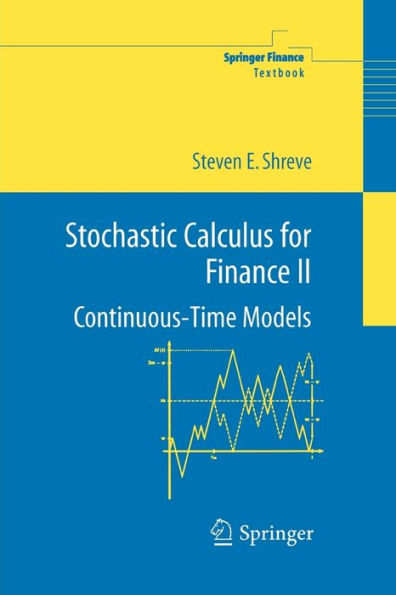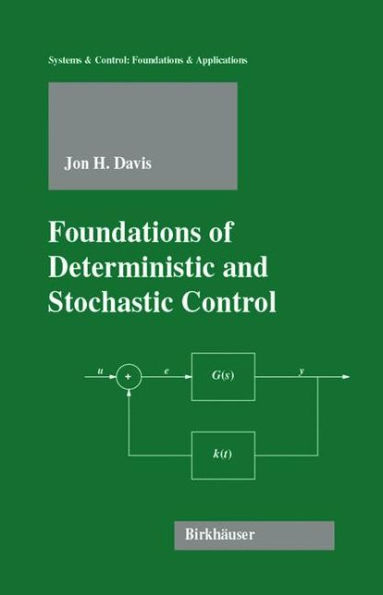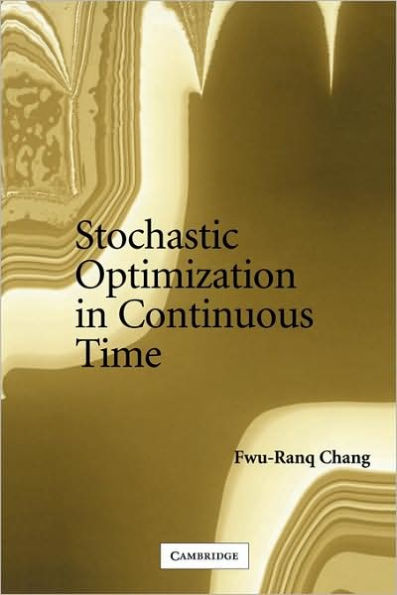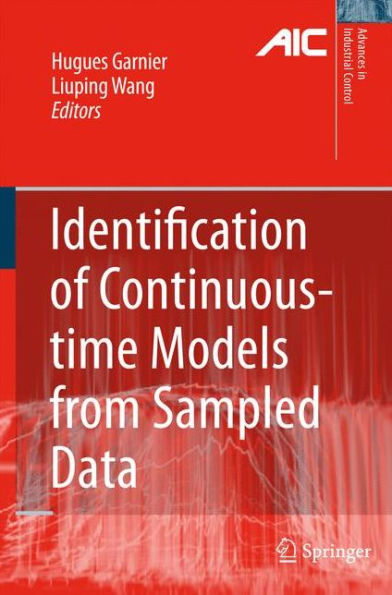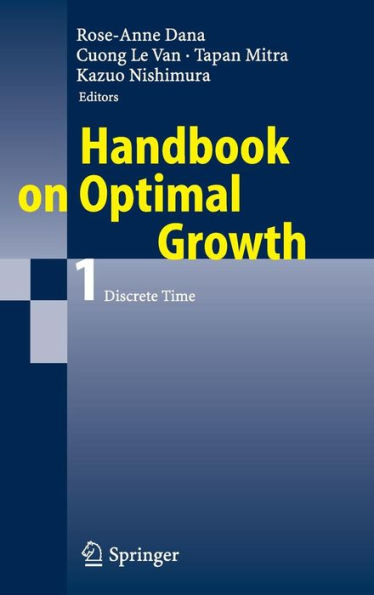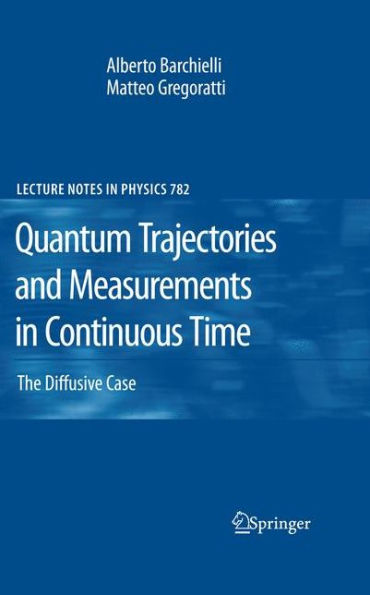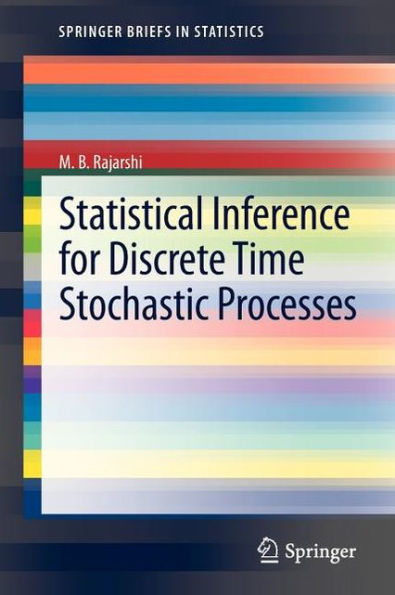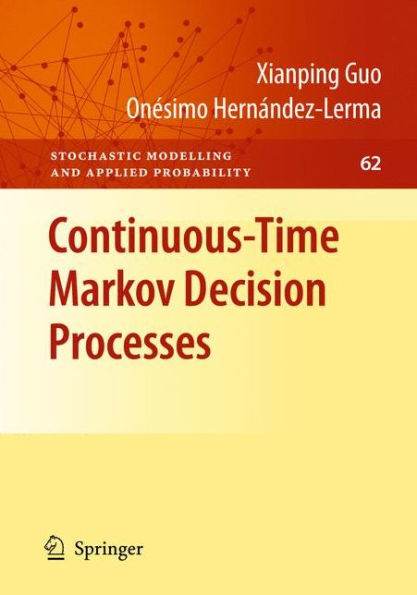Home
Stochastic Control in Discrete and Continuous Time / Edition 1
Loading Inventory...
Barnes and Noble
Stochastic Control in Discrete and Continuous Time / Edition 1
Current price: $54.99
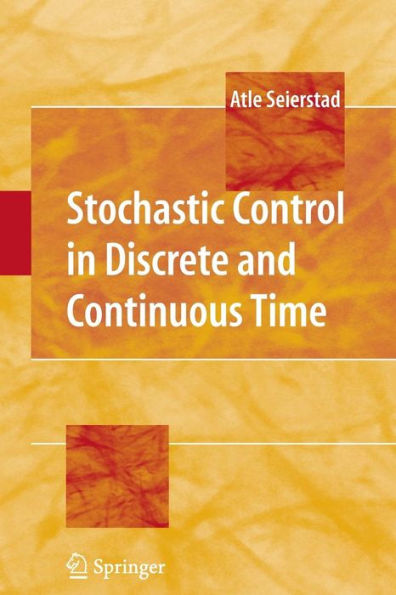

Barnes and Noble
Stochastic Control in Discrete and Continuous Time / Edition 1
Current price: $54.99
Loading Inventory...
Size: OS
*Product Information may vary - to confirm product availability, pricing, and additional information please contact Barnes and Noble
This book contains an introduction to three topics in shastic control: discrete time shastic control, i. e. , shastic dynamic programming (Chapter 1), piecewise - terministic control problems (Chapter 3), and control of Ito diffusions (Chapter 4). The chapters include treatments of optimal stopping problems. An Appendix - calls material from elementary probability theory and gives heuristic explanations of certain more advanced tools in probability theory. The book will hopefully be of interest to students in several fields: economics, engineering, operations research, finance, business, mathematics. In economics and business administration, graduate students should readily be able to read it, and the mathematical level can be suitable for advanced undergraduates in mathem- ics and science. The prerequisites for reading the book are only a calculus course and a course in elementary probability. (Certain technical comments may demand a slightly better background. ) As this book perhaps (and hopefully) will be read by readers with widely diff- ing backgrounds, some general advice may be useful: Don’t be put off if paragraphs, comments, or remarks contain material of a seemingly more technical nature that you don’t understand. Just skip such material and continue reading, it will surely not be needed in order to understand the main ideas and results. The presentation avoids the use of measure theory.


